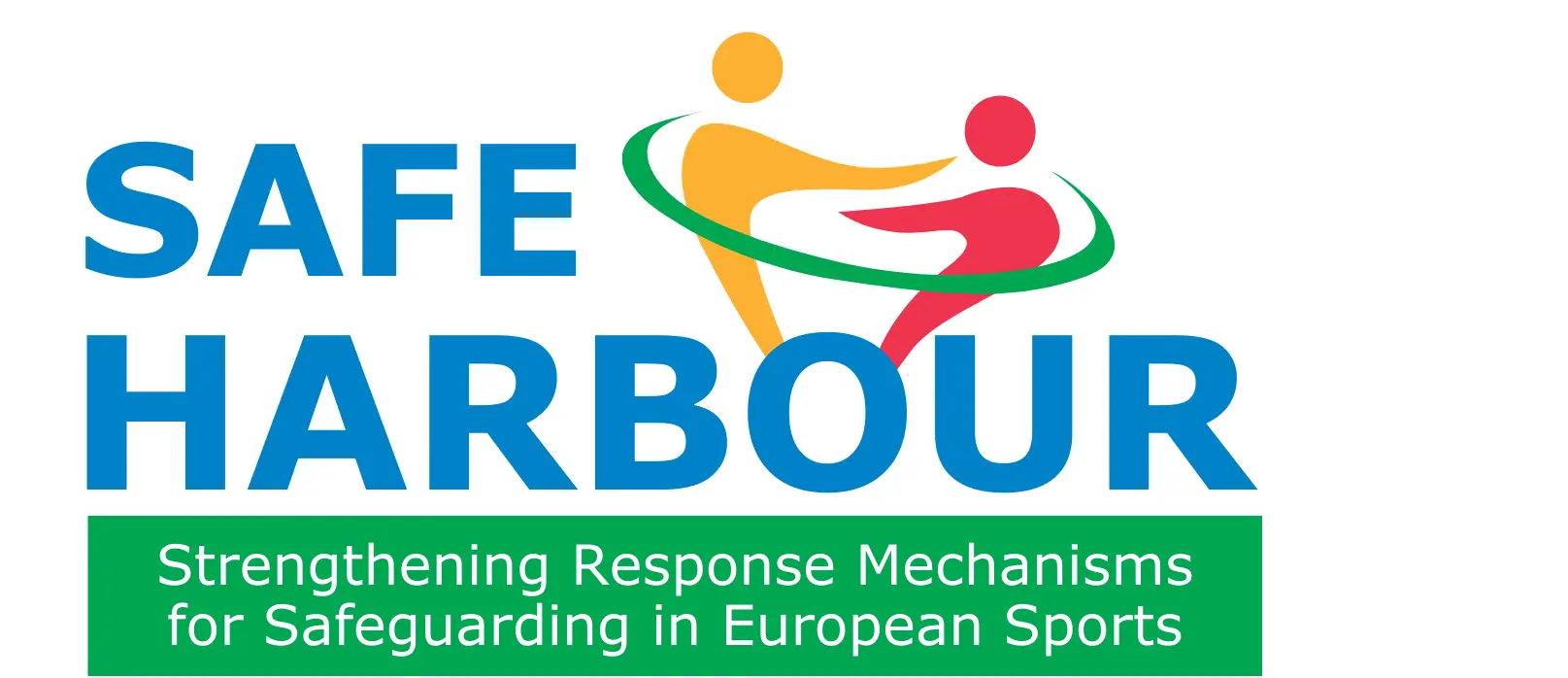A new publication from the Sports Law and Policy Centre, Protecting the Beauty of the Game: Towards a Safeguarding Culture (2025), edited by Stefano Bastianon and Michele Colucci, calls for a fundamental rethinking of how the sporting world protects its participants. Rather than viewing safeguarding as a box-ticking exercise or a purely regulatory requirement, the book urges a deeper transformation — one that embeds welfare, dignity, and respect at every level of sport.
Drawing on insights from ten countries and seven international sport federations, the volume provides an unprecedented comparative look at how safeguarding frameworks are being developed and implemented worldwide. Among its contributors is the International Biathlon Union (IBU), a partner in the Safe Harbour project. The book examines systems ranging from the International Olympic Committee (IOC) and global federations such as FIFA, FIBA, and FIG, to national models in Australia, Canada, Germany, Italy, Portugal, Spain, the United Kingdom, and beyond.
The editors and contributors argue that effective safeguarding cannot be achieved through policy documents alone. Instead, it must become part of the culture of sport — a shared commitment to values such as integrity, accountability, independence, inclusivity, and transparency. This shift requires leaders, coaches, administrators, and athletes to understand safeguarding not just as protection from harm, but as a means of empowering individuals and strengthening the ethical foundation of sport itself.
Throughout its chapters, the book highlights a mix of encouraging progress and ongoing challenges. Some organisations have built strong reporting systems, implemented mandatory training, and established independent safeguarding units. Others, however, continue to face significant shortcomings — including a lack of oversight, limited data collection, and insufficiently survivor-centred procedures. The authors emphasise that while structures are important, trust, education, and openness are what ultimately sustain safe sporting environments.
Importantly, Protecting the Beauty of the Game also shows good practice from across the world. Examples include the U.S. Center for SafeSport’s independent investigatory model, Canada’s Universal Code of Conduct on Maltreatment in Sport (UCCMS), and Germany’s “Code for Reappraisal,” which acknowledges past abuses to inform future prevention. By bringing these examples together, the book provides a roadmap for how sports organisations — large or small — can move from reactive measures to proactive, learning-based systems of care.
The e-book is freely available online through the Sports Law and Policy Centre’s website (link to download), with a printed edition also available for purchase (details here).
Background information on the SAFE HARBOUR project.
The SAFE HARBOUR project, short for “Strengthening Response Mechanisms for Safeguarding in European Sport”, is a 30-month project co-funded by the European Union through the Erasmus+ Sport Programme 2024. Coordinated by the EOC EU Office, the consortium includes Thomas More and Asser Institute as experts on safeguarding, human rights and law, 2 International Federations (International Biathlon Union and International Ice Hockey Federations), and 20 National Olympic Committees (Belgium, Bosnia and Herzegovina, Croatia, Cyprus, Czechia, Denmark, Germany, Hungary, Kosovo, Latvia, Lithuania, Luxembourg, Malta, Montenegro, Norway, Poland, Portugal, Romania, Slovakia and Slovenia). Additionally, the International Olympic Committee (IOC) is involved as an outside resource.
The project seeks to strengthen the capacity of European NOCs and Federations to address safeguarding concerns by identifying gaps, developing a European Response framework, and fostering collaboration. This framework will be adapted to national contexts, complemented by training and awareness initiatives to enhance safeguarding measures at both national and European levels. Therefore, SAFE HARBOUR aims to equip partner NOCs and Federations with the tools and confidence to implement effective safeguarding measures while establishing a robust support network for Safeguarding Officers and laying the groundwork for a future IOC Regional Safeguarding Hub.

![]()

